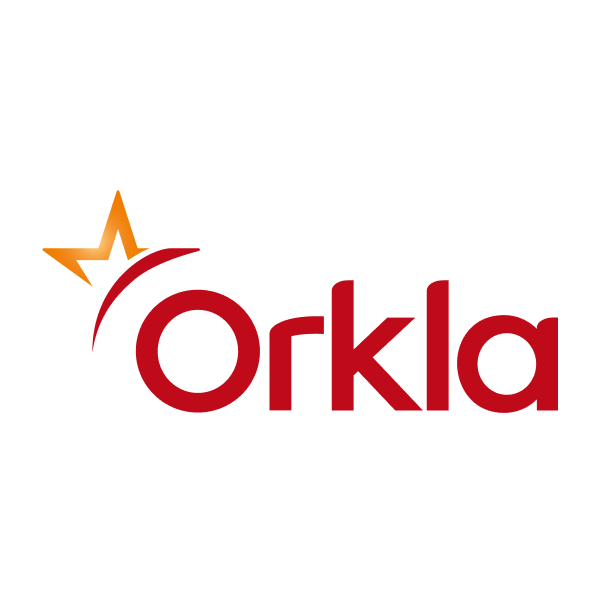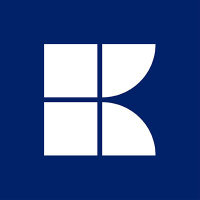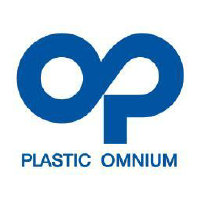
Eris Lifesciences Ltd
NSE:ERIS


| US |

|
Johnson & Johnson
NYSE:JNJ
|
Pharmaceuticals
|
| US |

|
Berkshire Hathaway Inc
NYSE:BRK.A
|
Financial Services
|
| US |

|
Bank of America Corp
NYSE:BAC
|
Banking
|
| US |

|
Mastercard Inc
NYSE:MA
|
Technology
|
| US |

|
UnitedHealth Group Inc
NYSE:UNH
|
Health Care
|
| US |

|
Exxon Mobil Corp
NYSE:XOM
|
Energy
|
| US |

|
Pfizer Inc
NYSE:PFE
|
Pharmaceuticals
|
| US |

|
Palantir Technologies Inc
NYSE:PLTR
|
Technology
|
| US |

|
Nike Inc
NYSE:NKE
|
Textiles, Apparel & Luxury Goods
|
| US |

|
Visa Inc
NYSE:V
|
Technology
|
| CN |

|
Alibaba Group Holding Ltd
NYSE:BABA
|
Retail
|
| US |

|
JPMorgan Chase & Co
NYSE:JPM
|
Banking
|
| US |

|
Coca-Cola Co
NYSE:KO
|
Beverages
|
| US |

|
Walmart Inc
NYSE:WMT
|
Retail
|
| US |

|
Verizon Communications Inc
NYSE:VZ
|
Telecommunication
|
| US |

|
Chevron Corp
NYSE:CVX
|
Energy
|
Utilize notes to systematically review your investment decisions. By reflecting on past outcomes, you can discern effective strategies and identify those that underperformed. This continuous feedback loop enables you to adapt and refine your approach, optimizing for future success.
Each note serves as a learning point, offering insights into your decision-making processes. Over time, you'll accumulate a personalized database of knowledge, enhancing your ability to make informed decisions quickly and effectively.
With a comprehensive record of your investment history at your fingertips, you can compare current opportunities against past experiences. This not only bolsters your confidence but also ensures that each decision is grounded in a well-documented rationale.
Do you really want to delete this note?
This action cannot be undone.

| 52 Week Range |
1 153.1
1 847.7
|
| Price Target |
|
We'll email you a reminder when the closing price reaches INR.
Choose the stock you wish to monitor with a price alert.

|
Johnson & Johnson
NYSE:JNJ
|
US |

|
Berkshire Hathaway Inc
NYSE:BRK.A
|
US |

|
Bank of America Corp
NYSE:BAC
|
US |

|
Mastercard Inc
NYSE:MA
|
US |

|
UnitedHealth Group Inc
NYSE:UNH
|
US |

|
Exxon Mobil Corp
NYSE:XOM
|
US |

|
Pfizer Inc
NYSE:PFE
|
US |

|
Palantir Technologies Inc
NYSE:PLTR
|
US |

|
Nike Inc
NYSE:NKE
|
US |

|
Visa Inc
NYSE:V
|
US |

|
Alibaba Group Holding Ltd
NYSE:BABA
|
CN |

|
JPMorgan Chase & Co
NYSE:JPM
|
US |

|
Coca-Cola Co
NYSE:KO
|
US |

|
Walmart Inc
NYSE:WMT
|
US |

|
Verizon Communications Inc
NYSE:VZ
|
US |

|
Chevron Corp
NYSE:CVX
|
US |
This alert will be permanently deleted.
Eris Lifesciences Ltd
Nestled in the competitive landscape of India's pharmaceutical sector, Eris Lifesciences Ltd. has carved a niche for itself by focusing intently on the domestic market, predominantly within the specialty prescription segment. Founded in 2007 by Amit Bakshi, the company has distinguished itself with a strategy that emphasizes building relationships with medical professionals through a robust field force, eschewing the conventional tactic of overwhelming physicians with a vast army of generic products. Eris opts for precision, targeting chronic and lifestyle-related ailments such as diabetes, cardiology, and neurology. This focus on long-term therapies aligns with the rising demand for healthcare tailored to the aging population's needs and the increase in lifestyle diseases in India, thus ensuring a steady stream of revenue.
The brilliance of Eris Lifesciences' business model is reflected in its comprehensive distribution network and a well-coordinated supply chain that covers a significant portion of Indian urban centers. By manufacturing many of its products in-house, Eris maintains control over production quality and cost – a strategic move that bolsters its pricing power in the competitive generics market. The company also adeptly tweaks its offerings and strategies based on physician feedback and market trends, ensuring relevance and resonance with its target segments. This model is not about flooding the market with a plethora of offerings; it's about precision placement with specialized therapeutic products that meet specific, high-demand needs – a strategy that has consistently translated into tangible financial growth.

Nestled in the competitive landscape of India's pharmaceutical sector, Eris Lifesciences Ltd. has carved a niche for itself by focusing intently on the domestic market, predominantly within the specialty prescription segment. Founded in 2007 by Amit Bakshi, the company has distinguished itself with a strategy that emphasizes building relationships with medical professionals through a robust field force, eschewing the conventional tactic of overwhelming physicians with a vast army of generic products. Eris opts for precision, targeting chronic and lifestyle-related ailments such as diabetes, cardiology, and neurology. This focus on long-term therapies aligns with the rising demand for healthcare tailored to the aging population's needs and the increase in lifestyle diseases in India, thus ensuring a steady stream of revenue.
The brilliance of Eris Lifesciences' business model is reflected in its comprehensive distribution network and a well-coordinated supply chain that covers a significant portion of Indian urban centers. By manufacturing many of its products in-house, Eris maintains control over production quality and cost – a strategic move that bolsters its pricing power in the competitive generics market. The company also adeptly tweaks its offerings and strategies based on physician feedback and market trends, ensuring relevance and resonance with its target segments. This model is not about flooding the market with a plethora of offerings; it's about precision placement with specialized therapeutic products that meet specific, high-demand needs – a strategy that has consistently translated into tangible financial growth.
Revenue Growth: Domestic Branded Formulations grew 10% year-on-year in Q2, outperforming the market growth of 7.7%.
Profitability: Q2 EBITDA rose 11% with margin expansion; consolidated Q2 PAT increased 39% year-on-year.
Biocon Partnership: Biocon insulin segment margin improved to 32% in Q2, and collaboration is being expanded to include Aspart and additional markets.
GLP-1 Opportunity: Management remains highly optimistic about GLP-1 drugs, expecting the Indian market to exceed $1 billion with a sharp rise as generics launch.
International Business: Significant progress in the EU CDMO business, with the order book jumping from INR 100 crores to INR 700–800 crores annualized revenue potential.
Balance Sheet: Net debt reduced from 4x to 2x EBITDA in 18 months; further improvement to below 1.5x targeted by December 2026.
CapEx Guidance: No change in overall CapEx guidance (INR 750–800 crores over 3 years), but spending will be front-loaded, with INR 380–400 crores expected over the next 3 quarters.







































